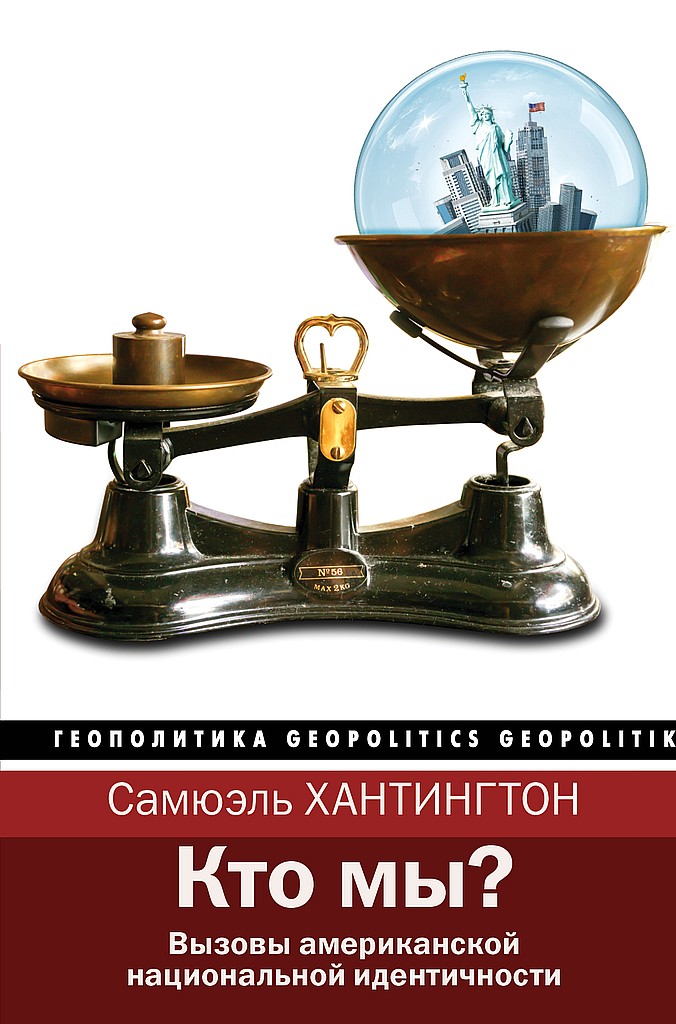American Christianity (New Haven: Yale University Press, 1989), p. 4; William McLoughlin, ed.
The American Evangelicals, 1800–1900; An Anthology (New York: Harper & Row 1968), p. 26, quoted in Bellah,
Broken Covenant, p. 46.
{83} George Gallup, Jr., and Jim Castelli, The People’s Religion: American Faith in the 90’s (New York: Macmillan, 1989), p. 93. For other estimates, see Cullen Murphy, «Protestantism and the Evangelicals», The Wilson Quarterly, (Autumn 1981), p. 107ff; Marsden, Fundamentalism and American Culture: The Shaping of Twentieth Century Evangelicalism, 1870–1925, p. 228; Boston Sunday Globe, 20 February 2000, p. A1.
{84} Alexis de Tocqueville, Democracy in America (New York: Vintage, 1954), vol. I, p. 409; Bryce, American Commonwealth, Vol. 2, p. 417–418; Gunnar Myrdal, An American Dilemma (New York: Harper, 1944); Vol. 1, p. 495, Daniel Bell, «The End of American Exceptionalism», in Nathan Glazer and Irving Kristol, eds., The American Commonwealth 1976 (New York: Basic Books, 1976), p. 209; Seymour Martin Lipset, American Exceptionalism: A Double-edged Sword (New York: Norton, 1996), p. 63–4.
{85} Seymour Martin Lipset, The First New Nation: The United States in Historical and Comparative Perspective (New York: Norton, 1973), p. 103.
{86} William Lee Miller; John Higham, «Hanging Together: Divergent Unities in American History», Journal of American History, 61 (June 1974), p. 15; Jeff Spinner, The Boundaries of Citizenship (Baltimore: Johns Hopkins University Press, 1994), p. 79–80.
{87} Lipset, American Exceptionalism, p. 63–4.
{88} Francis J. Grund, The Americans in Their Moral, Social and Political Relations (New York: Johnson Reprint, 1968), p. 355–56.
{89} Geert Hofstede, Culture’s Consequences: International Dif-ferences in Work-Related Values (Beverly Hills: Sage, 1980), p. 222; Henry van Loon, «How Cadets Stack Up», Armed Forces Journal International (March 1997), p. 18–20; Lipset, American Exceptionalism, p. 218; Charles Hampden-Turner and Alfons Trompenaars, The Seven Cultures of Capitalism (New York: Doubleday, 1993), p. 48, 57. See also Harry C. Triandis, «Cross-Cultural Studies of Individualism and Collectivism», Nebraska Symposium on Motivation 1989 (Lincoln: University of Nebraska Press, 1990), vol. 37, p. 41–133.
{90} Bellah, Broken Covenant, p. 76; John G. Cawelti, Apostles of the Self-Made Man (Chicago: University of Chicago Press, 1965), p. 39ff; Bill Clinton, remarks to Democratic Leadership Council, 1993 quoted in Jennifer L. Hochschild, Facing Up to the American Dream, p. 18.
{91} Judith N. Shklar, American Citizenship: The Quest for Inclusion (Cambridge: Harvard University Press, 1991), p. 1–3, 67, 72–5.
{92} Schaff, America: A Sketch of Its Political, Social, and Religious Character p. 29; Michael Chevalier, Society, Manners and Politics in the United States; Letters on North America (Gloucester, MA: Peter Smith, 1967), p. 267–68.
{93} Roger M. Smith, «The ‘American Creed’ and American Identity: The Limits of Liberal Citizenship in the United States», Western Political Quarterly, 41 (June 1988), p. 239, citing Eric Foner, Free soil, Free Labor, Free Men: The Ideology of the Republican Party before the Civil War (New York: Oxford University Press, 1970); Cawelti, Apostles of the Self-Made Man, esp. p. 39ff.
{94} Cindy S. Aron, Working at Play: A History of Vacations in the United States (New York: Oxford University Press, 1999), p. 236; International Labor Organization Study September 1999, cited in The Daily Yomiuri, 7 September 1999, p. 12; Prospect, No. 49 (February 2000), p. 7, citing Boston Review, December 1999–January 2000.
{95} Daniel Yankelovich, «What’s Wrong — And What’s Right — With U. S. Workforce Performance», The Public Perspective, 3 (May/June 1992), p. 12–14; «American Enterprise Public Opinion and Demographic Report»; Jack Citrin, et al, «Is American Nationalism Changing? Implications for Foreign Policy», International Studies Quarterly, 38 (March 1994), p. 13.
{96} New York Times, 9 May 1999, p. WK5; Shklar, American Citizenship, p. 98.
{97} Schaff, America: A Sketch of Its Political, Social, and Religious Character, p. 29; Hochschild, Facing Up to the American Dreampp. 228–29; New York Times, 11 February 1999, p. A1.
{98} Bellah, Broken Covenant, p. 179; Wills, Under God, p. 25.
{99} Alan Heimert, Religion and the American Mind, From the Great Awakening to the Revolution (Cambridge: Harvard University Press, 1966), p. 14, 19; Ruth H. Bloch, Visionary Republic: Millenial Themes in American Thought, 1756–1800 (Cambridge University Press, 1985), p. xiv.
{100} John Adams, letter to Hezekiah Niles, 13 February 1818, in Adrienne Koch and William Peden, eds., The Selected Writings of John and John Quincy Adams (New York: Alfred A. Knopf, 1946), p. 203.
{101} Bellah, Broken Covenant, p. 44–45.
{102} William W. Sweet, Revivalism in America: Its Origin, Growth, and Decline (New York: Scribners, 1944), p. 159–61.
{103} Alan p. Grimes, The Puritan Ethic and Woman Suffrage (New York: Oxford University Press, 1967), p. 102.
{104} Sidney Ahlstrom, «National Taruma and the Changing Religious Values», Daedalus, 107 (Winter 1978), p. 19–20.
{105} Al Haber, quoted in Edward J. Bacciocco, Jr., The New Left in America (Stanford: Hoover Institution Press, 1974), p. 228–29.
{106} Walter A. McDougall, Promised Land, Crusader State: The American Encounter with the World Since 1776 (Boston: Houghton Mifflin, 1997); and for a somewhat different view, James Kurth, «The Protestant Reformation and American Foreign Policy», Orbis, (Spring 1998), p. 221–39.
{107} Newsweek, 8 July 2002, p. 23–25; New York Times, 27 June 2002, p. A1, A21.
{108} New York Times, 27 June 2002, p. A21, 1 July 2002, p. A8, 1 March 2003, p. A2.
{109} New York Times, 29 Nov 1999, p. A14.
{110} Gaines M. Foster, «A Christian Nation: Signs of a Covenant», in John Bodnar, ed. Bonds of Affection: Americans Define Their Patriotism (Princeton: Princeton University Press, 1996), p. 121–22; Nathan O. Hatch, The Sacred Cause of Liberty: Republican Thought and the Millennium in Revolutionary New England (New Haven: Yale University Press, 1977), p. 22; Robert Middlekauff, «The Ritualization of the American Revolution», in Stanley Cohen and Lormon Ratner, eds., The Development of an American Culture (New



